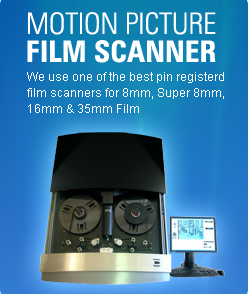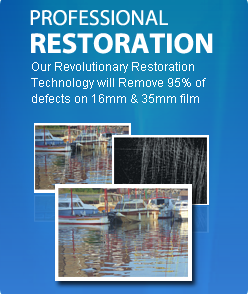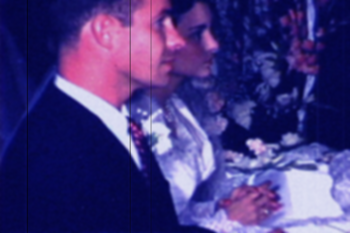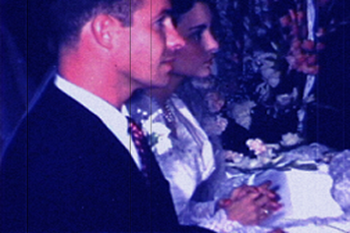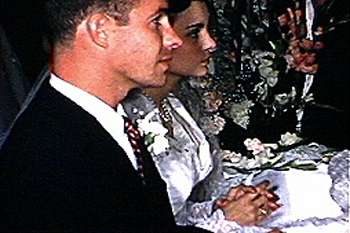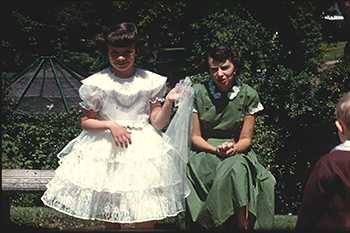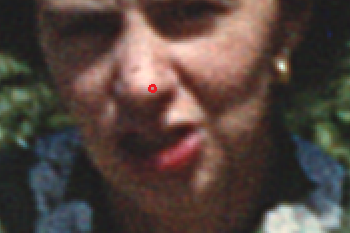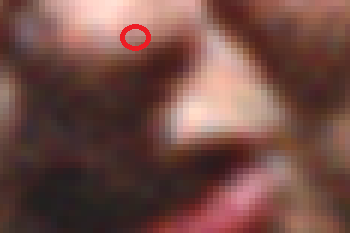
The first table shows how the same film looks using our 4 different processes. You can see that the difference can be significant for our Tulsa customers.
The second table presents a case for scanning 8mm and Super 8 film at 2K resolution. In the past year we have done 20 comparisons. Contrary to popular belief, we do see a noticeable difference in quality between our Pro HD and Pro 2K process on 8mm and Super 8 film.
8mm And Super 8 Film Tulsa |
|
SD Scan
|
|
Pro HD Scan
|
|
Pro 2K Scan
|
|
Pro 4K Scan
|
|
Film Resolution |
|
Resolution of Film |
|
Film Grain
|
|
Film Grain vs Digital Pixel
|
|
So, for example, if you are looking for the best quality DVD, scan your 8mm or Super 8 at HD. If you are looking to go to BluRay then scan your 8mm or Super 8 at 2K.
Tulsa Fun Facts: With a population of around 390,000, it is the second-largest city in the state. Settled in the 1830s by Creek Indians, Tulsa attracted white settlers and became a cattle-shipping center with the arrival of railroads in 1882. An oil boom at the turn of the century brought dramatic growth. Once known as the "Oil Capital of the World," Tulsa remains an important center for the industry, with a diversified economy now embracing other industries such as aerospace, chemicals, computer parts and industrial machinery.
Oklahoma Fun Facts: After its inclusion in the union, Oklahoma became a center for oil production, with much of the state’s early growth coming from that industry. During the 1930s, Oklahoma suffered from droughts and high winds, destroying many farms and creating the infamousDust Bowl of the Great Depression era. The land that today makes up Oklahoma was added to the United States as part of the Louisiana Purchase of 1803. Throughout the 19th century, the U.S.
